Researchers develop real-time picture of formation of solid–electrolyte interphase of a Li-ion battery
Green Car Congress
FEBRUARY 10, 2020
During the first charging process of a new Li-ion battery cell, trace amounts of electrolyte components decompose sacrificially to form what is called a solid–electrolyte interphase (SEI) on the anode surface. The inner SEI is continuous, dense and impermeable to electrolytes, and it is most probably composed of Li 2 O.

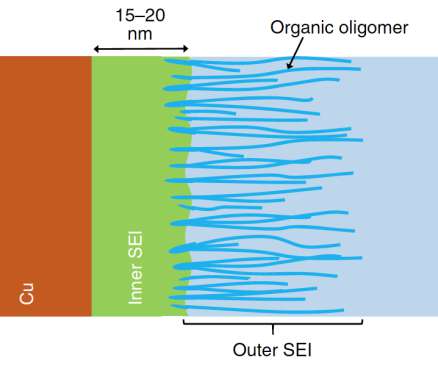

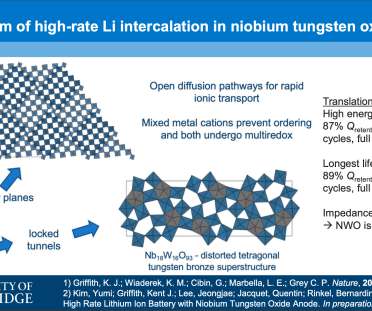












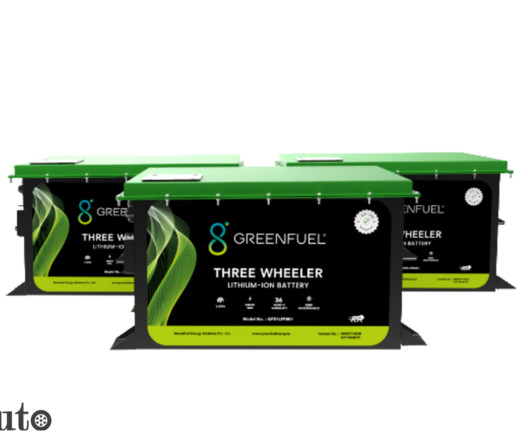


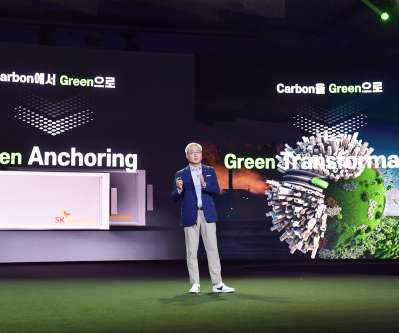








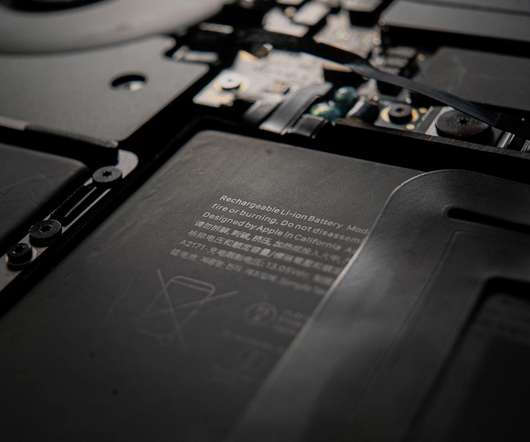



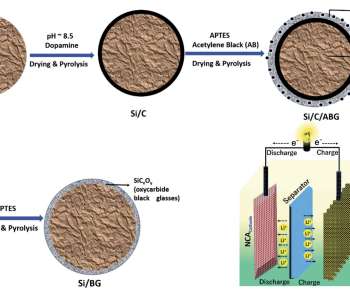
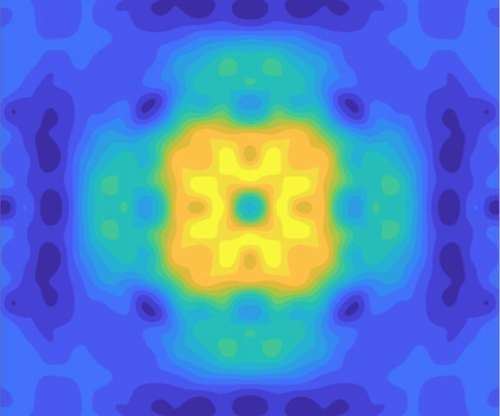







Let's personalize your content